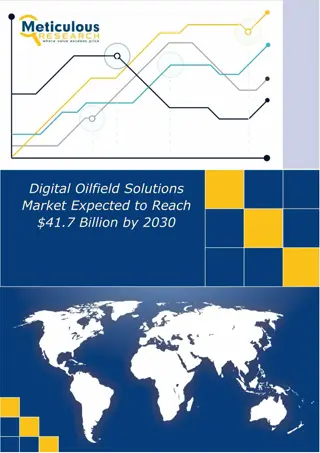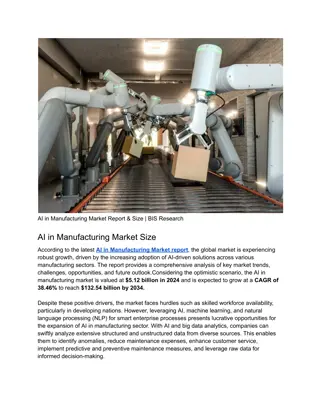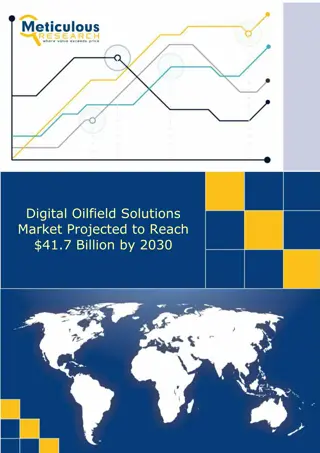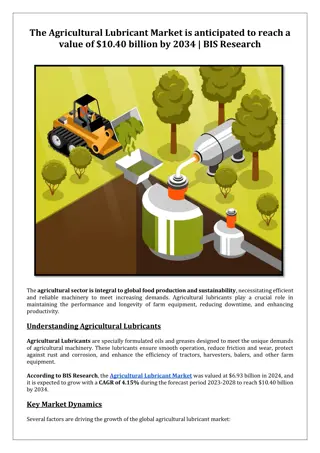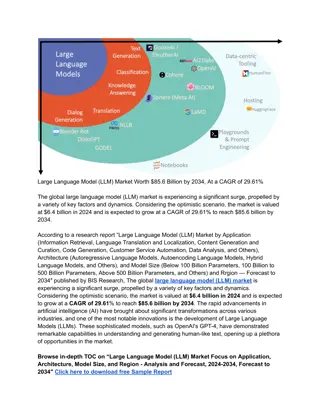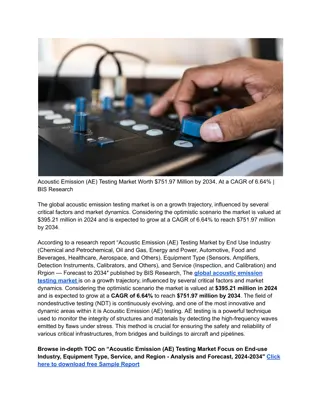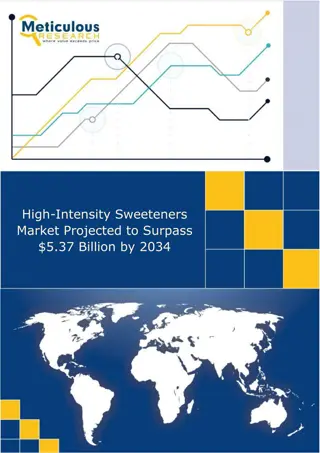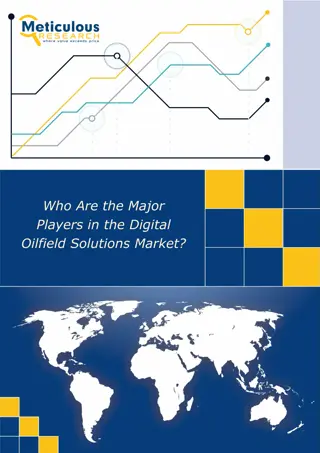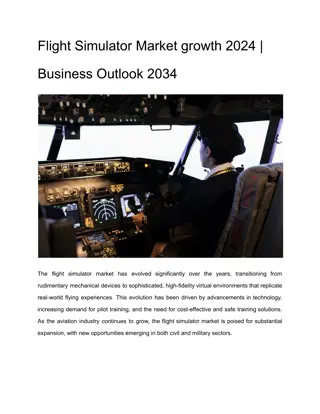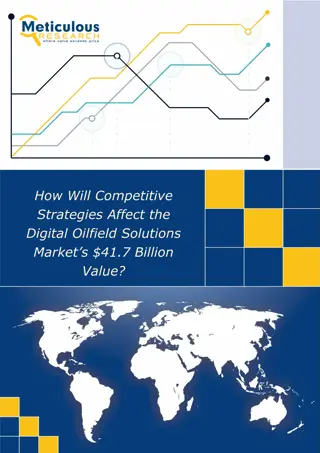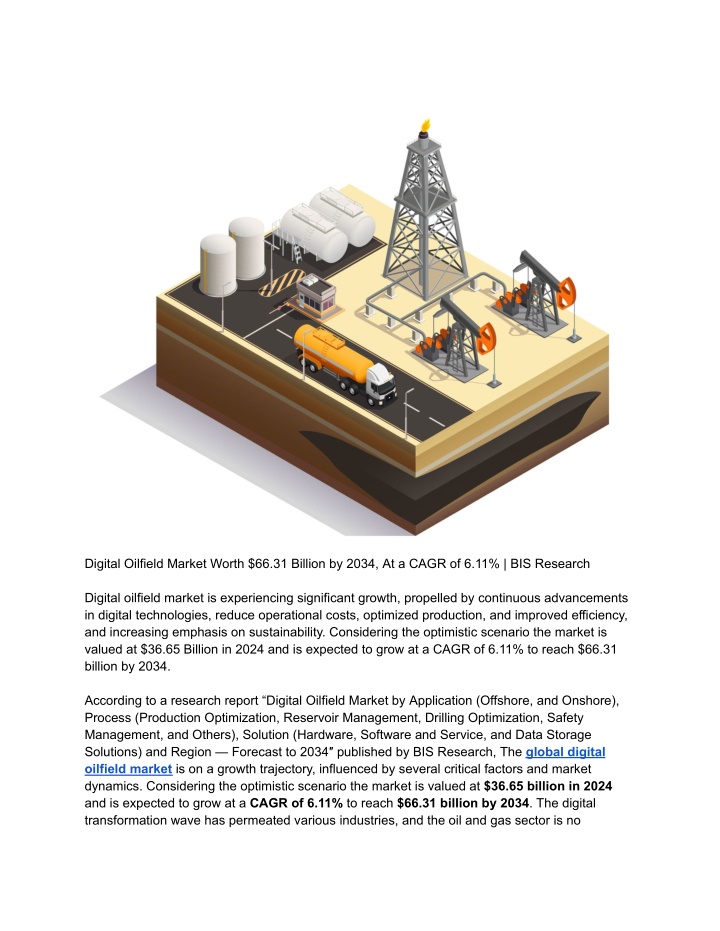
Digital Oilfield Market Worth $66.31 Billion by 2034, At a CAGR of 6.11% _ BIS
Digital oilfield market is experiencing significant growth, propelled by continuous advancements in digital technologies, reduce operational costs, optimized production, and improved efficiency, and increasing emphasis on sustainability. Considering the optimistic scenario the market is valued at $36.65 Billion in 2024 and is expected to grow at a CAGR of 6.11% to reach $66.31 billion by 2034.
Download Presentation

Please find below an Image/Link to download the presentation.
The content on the website is provided AS IS for your information and personal use only. It may not be sold, licensed, or shared on other websites without obtaining consent from the author. If you encounter any issues during the download, it is possible that the publisher has removed the file from their server.
You are allowed to download the files provided on this website for personal or commercial use, subject to the condition that they are used lawfully. All files are the property of their respective owners.
The content on the website is provided AS IS for your information and personal use only. It may not be sold, licensed, or shared on other websites without obtaining consent from the author.
E N D
Presentation Transcript
Digital Oilfield Market Worth $66.31 Billion by 2034, At a CAGR of 6.11% | BIS Research Digital oilfield market is experiencing significant growth, propelled by continuous advancements in digital technologies, reduce operational costs, optimized production, and improved efficiency, and increasing emphasis on sustainability. Considering the optimistic scenario the market is valued at $36.65 Billion in 2024 and is expected to grow at a CAGR of 6.11% to reach $66.31 billion by 2034. According to a research report Digital Oilfield Market by Application (Offshore, and Onshore), Process (Production Optimization, Reservoir Management, Drilling Optimization, Safety Management, and Others), Solution (Hardware, Software and Service, and Data Storage Solutions) and Region Forecast to 2034 published by BIS Research, The global digital oilfield market is on a growth trajectory, influenced by several critical factors and market dynamics. Considering the optimistic scenario the market is valued at $36.65 billion in 2024 and is expected to grow at a CAGR of 6.11% to reach $66.31 billion by 2034. The digital transformation wave has permeated various industries, and the oil and gas sector is no
exception. Among the noteworthy advancements is the advent of the digital oilfield, an innovative approach that leverages modern technology to optimize oil and gas operations. Browse in-depth TOC on Digital Oilfield Market Focus on Application, Solution, Process, and Region - Analysis and Forecast, 2024-2034 Click here to download free Sample Report Despite these positive drivers, the market faces hurdles such as significant initial investment in technology, infrastructure, and training. However, increasing demand for real-time insights and actionable intelligencepresent lucrative opportunities for the expansion of digital oilfield demand, suggesting a vibrant future for this market as it navigates through challenges towards rising concerns about data privacy, security, and cyber threats. Components of a Digital Oilfield Data Analytics and AI: These technologies are used to analyze vast amounts of data generated from various sources, providing actionable insights that help in decision-making processes. Predictive analytics can forecast equipment failures, optimize production schedules, and reduce downtime. IoT and Sensor Technology: IoT devices and sensors collect real-time data from equipment and environmental conditions. This data is crucial for monitoring operations, detecting anomalies, and ensuring safety protocols are followed. Automation and Robotics: Automation of repetitive and hazardous tasks not only improves efficiency but also enhances worker safety. Robotics are used in drilling operations, maintenance, and inspection tasks. Cloud Computing: Cloud platforms provide the necessary infrastructure for storing and processing large datasets. They offer scalability, flexibility, and accessibility, enabling remote monitoring and control of oilfield operations. Digital Twins: A digital twin is a virtual replica of physical assets, processes, or systems. It allows for simulation, analysis, and optimization of real-world operations without physical interventions. The rising focus on autonomous operations in the oil and gas industry is driven by a desire to minimize human exposure to hazardous conditions, improve safety performance, and enhance operational efficiency. Autonomous operations reduce the need for human intervention in hazardous environments, such as offshore platforms, well sites, and refineries, thereby mitigating the risk of accidents, injuries, and fatalities. By replacing manual tasks with automated systems and robotics, companies can improve safety performance and create safer working environments for employees. In May 2023, Rockwell Automation disclosed its
collaboration with TotalEnergies to deploy a robot fleet management system, aimed at advancing autonomous operations for its offshore platforms. This enduring project is poised to achieve a significant milestone with its inaugural test on an offshore asset scheduled for mid-2023. Energy companies are increasingly investing in robotics technology within their facilities, with the objective of facilitating unmanned operations for extended durations. This strategic investment serves multiple purposes, including minimizing employee exposure to hazardous situations, enhancing safety protocols, attracting younger talent intrigued by cutting-edge technologies, and driving down both capital and operational expenditures. Key Market Players and Competition Synopsis The companies that are profiled in the global digital oilfield market have been selected based on input gathered from primary experts and analyzing company coverage, product portfolio, and market penetration. Some of the prominent companies in this market are: Halliburton Baker Hughes Company Weatherford SLB Conclusion The digital oilfield market represents a significant leap forward for the oil and gas industry, offering numerous benefits from operational efficiency to enhanced safety and sustainability. As technology continues to evolve, the digital oilfield is set to become an integral part of the energy sector, driving innovation and shaping the future of oil and gas exploration and production. Embracing this technological revolution not only promises to transform traditional oilfield operations but also paves the way for a more sustainable and efficient energy landscape.

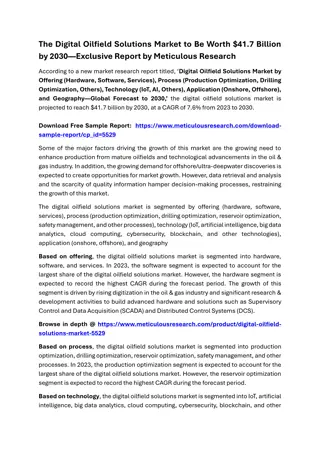

![Global Medical Robots Market Research Analysis & Forecast [2024-2034]](/thumb/86013/global-medical-robots-market-research-analysis-forecast-2024-2034.jpg)


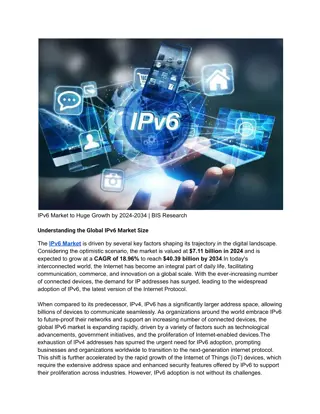

![Mass Notification System Market Size, Report & Forecast _ BIS Research [2024-2034]](/thumb/86971/mass-notification-system-market-size-report-forecast-bis-research-2024-2034.jpg)
